What Are the Current Trends in Interior Design?
Learning Objectives:
- Explain the ways that different interior products can help improve interior designs that not only elevate the human experience but also provide for health and safety.
- Identify and recognize the significance of color, texture, and sustainable design as part of an interior design strategy to promote health and wellness in buildings.
- Assess some products and materials that can enhance interiors while contributing to the welfare of building occupants and users.
- Determine ways to incorporate advanced principles of commercial restroom design for higher appeal, safer use, and improved cleanliness.
Credits:
This course is approved as a Structured Course
This course can be self-reported to the AANB, as per their CE Guidelines
Approved for structured learning
Approved for Core Learning
This course can be self-reported to the NLAA
Course may qualify for Learning Hours with NWTAA
Course eligible for OAA Learning Hours
This course is approved as a core course
This course can be self-reported for Learning Units to the Architectural Institute of British Columbia
Social and economic conditions often change. Interior design often evolves based on those changes as a response to emerging needs or desires. As such, designers, owners, consultants, and many others need to be aware of the changes and formulate appropriate design approaches. Product manufacturers are particularly keen on keeping up with such changes so they can stay ahead of the curve and be positioned to provide the materials, colors, textures, patterns, or other attributes that are being sought for construction and renovation projects. In this course, we will look at some of the current situations that are driving trends in interior design. We will also look at some of the responses and offerings from manufacturers that design professionals and others need to be aware of in order to create relevant, current, and successful building interiors.
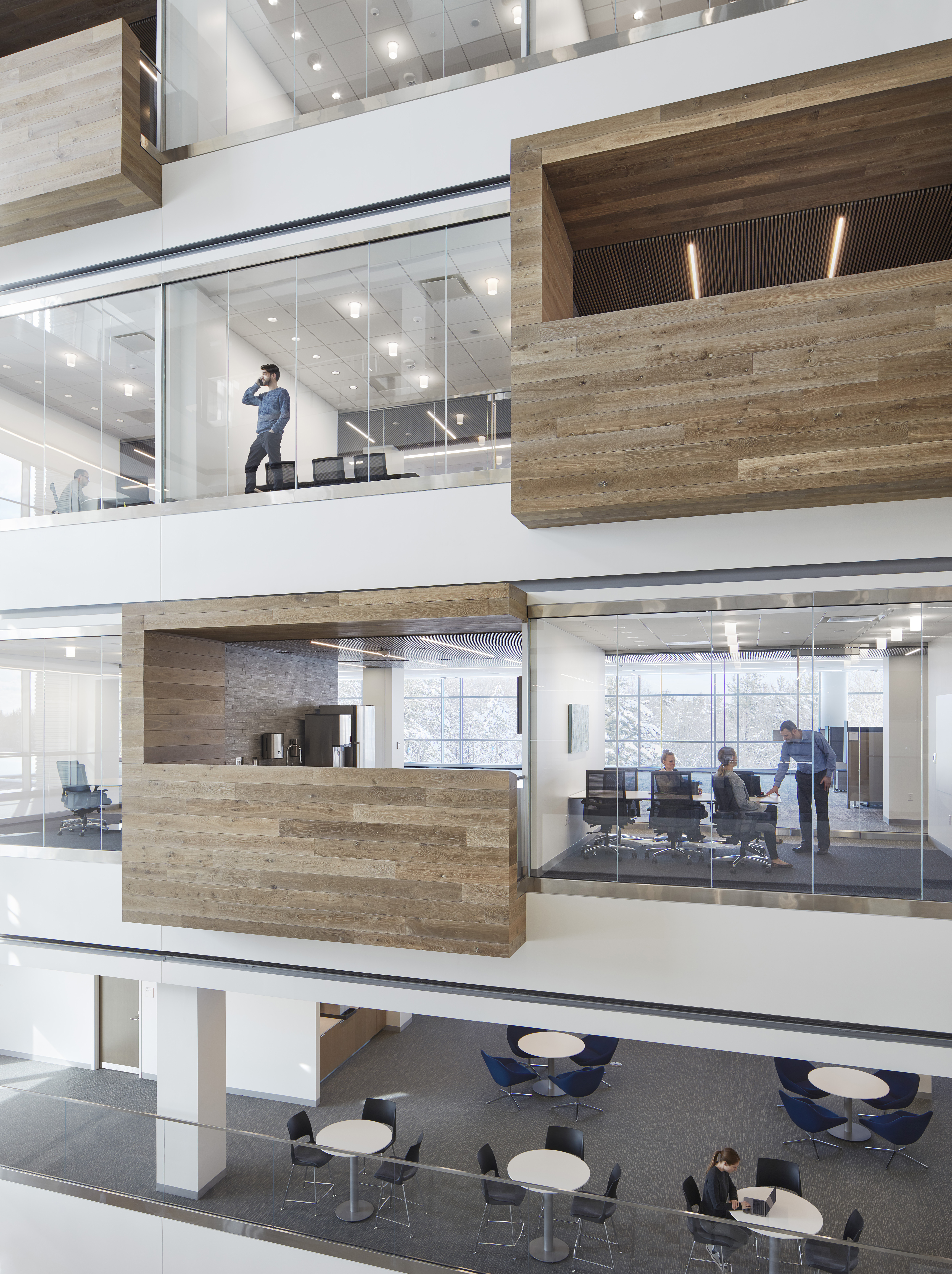
Photo courtesy of © Mark Herboth; CRL
The current trends in commercial interior design are varied, reflecting more sophistication in design and greater functionality in materials and products.
DESIGN TRENDS
Building interiors are becoming more sophisticated overall, balancing aesthetics with sustainability, visual impacts with health and wellness, and contemporary styles with solidity. In the following sections, we take a look at how some of these design aspects play out in commercial buildings of all types.

Photo courtesy of Tamlyn
Aluminum trim can be fabricated in custom shapes, profiles, and colors to suit the needs of a particular project including a variety of recessed base trims with a reveal as shown here.
INTERIOR WALL DELINEATION
A general trend in modern interior design includes the use of minimalist lines and the intentional absence of traditional wood moldings for doors, windows, ceilings, and base conditions. With the modernization of such projects, comes the need for sleek and modern detailing of interior wall and ceiling surfaces and their junctions. Recessed reveals, for example, are often used to separate adjoining wall panels or to isolate those wall sections from the floor or ceiling.
The design issue becomes how to create the desired look in a consistent, predictable manner that is readily buildable and budget-friendly. The answer lies in the use of extruded aluminum interior trim pieces fabricated in stock or custom profiles. Such aluminum trim products have been used on building exteriors to hold and surround exterior cladding panels for quite some time. This same basic technique is available for use on interior surfaces and has worked quite well in all types of buildings.
Aluminum Trim Attributes
Aluminum interior trim is available in a variety of traditional, contemporary, and modern looks to create subdued, elegant looks or emphatic three-dimensional appearances. The profiles of aluminum trim are varied but seamless across its full length. Complex shapes can be realized in one-piece extruded aluminum sections without having to employ mechanical joining methods. The resultant profile typically is stronger than a comparable assemblage and less likely to loosen over time.
A common misconception is that aluminum interior trim profiles can only be utilized in plain drywall applications. The truth is, however, that these profiles can accommodate any type of wall material the designer may be implementing into a design. Whether it's glass, tile, veneered panels, or wallpapered panels, these products can pair up with all of them, and others besides. This is true whether the project is a hospitality, residential, education, healthcare, or retail new building or renovation.
There is also the ability to create custom profile details specific to a particular project or group of projects where desired. Manufacturers can offer design assistance and continuing education to help designers understand the capabilities and possibilities of such custom trim work for any type of wall material. Though most have a catalog offering diverse standard options, they also understand that sometimes the need for a small change to an existing profile or an idea “from scratch” would make all the difference for a project. It is possible that they can support high volumes or short lead times and still work within project budget constraints.
Of course, the color and finish of the trim is an important design consideration. Fortunately, there are many different finish options available. Extruded aluminum trim can be specified in anodized aluminum in standard colors such as clear, champagne, bronze, and black. Factory prefinished trim can include liquid paint (i.e., acrylics, alkyds, polyesters, and others) or powder coatings. At least one manufacturer can provide custom pattern matching on the aluminum to include logos, match wood panels, match stone walls, or even create a wood grain look. Alternatively, it can be specified simply with a paint primer ready to receive final finish coats in the field of virtually any color. With this variety of choices, the trim can appear to blend in with the adjacent wall panels or it can be used to highlight all or some of the visual lines it creates. This flexibility in using familiar and long-lasting finish options means that both the design and the performance level can be controlled.
Aluminum Trim for Design and Durability
Places that need to achieve good interior looks with a lot of durability, such as retail, hospitality, educational, or other settings, quickly see the benefit of using extruded aluminum trim in conjunction with pre-finished wall panels or site finished gypsum board. For example, many fast-food restaurants often go through cycles of renovating and updating their locations to remain appealing to customers and competitive in the marketplace. The current trend among many of them, such as McDonald’s, Dunkin’ Donuts, Burger King, and others, is to move to a sleeker and more modern motif replacing some prior looks that are more visually cluttered and outdated in appearance. In the process, many are using pre-finished wall panels with a selected wood grain or color as their primary wall surface. Then they incorporate aluminum trim in coordinated finishes to provide durable corner and wall base conditions. They may also use aluminum trim pieces to create intentional reveals in the walls between the panels or at interior corners. Along the ceiling line, some incorporate an extruded aluminum trim piece that acts as a ceiling molding to complete the overall look and design intent.
Notice
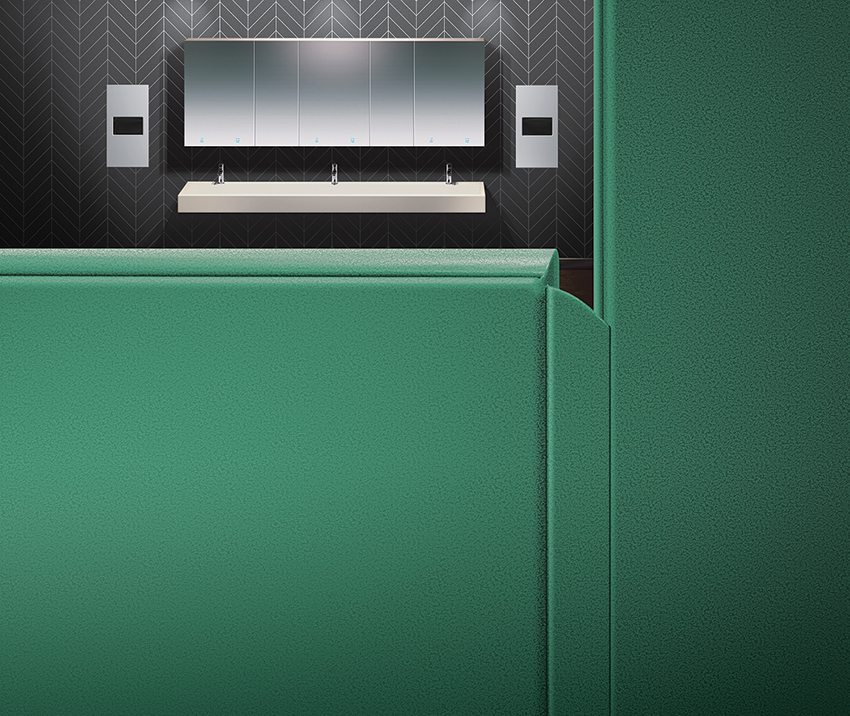
www.asigroup.us
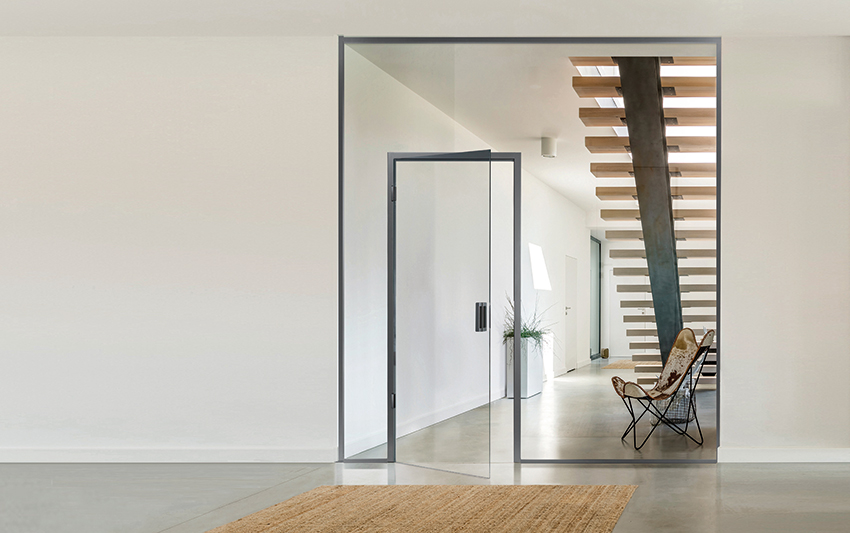
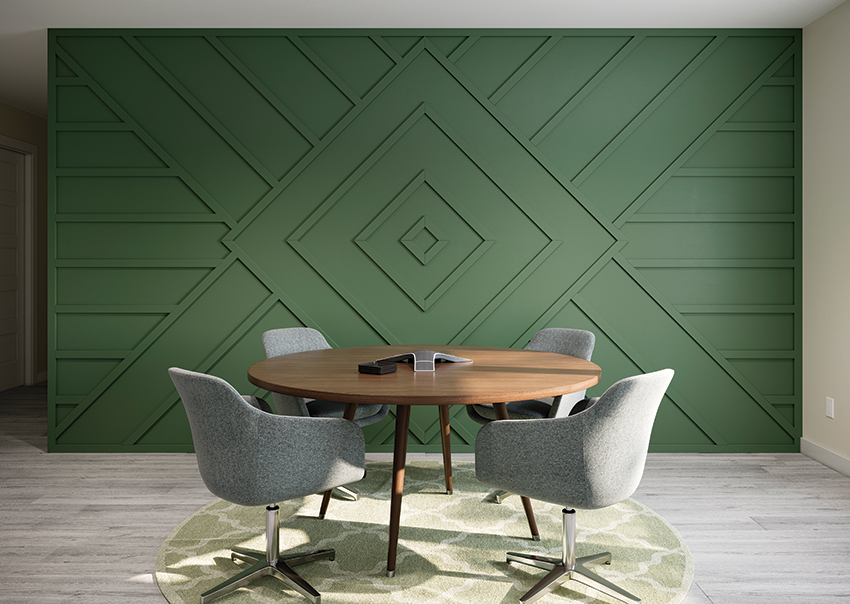
www.inprocorp.com
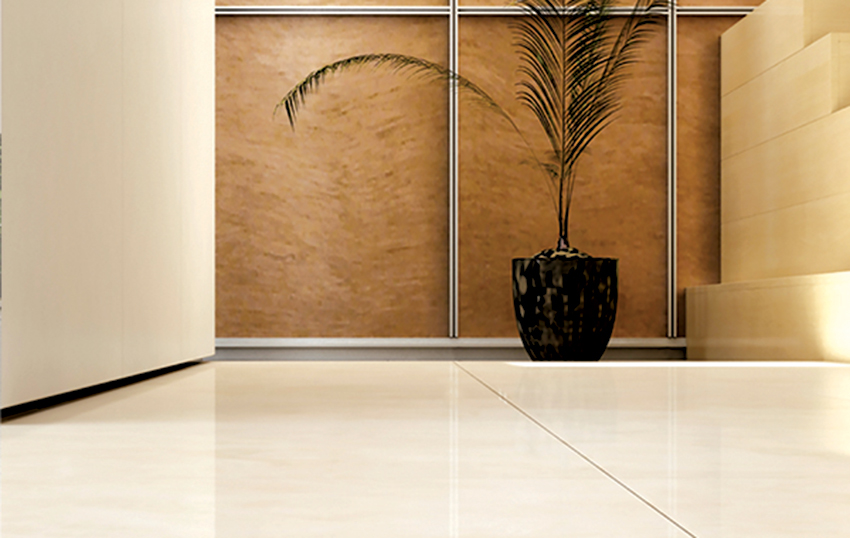
www.tamlyn.com

















